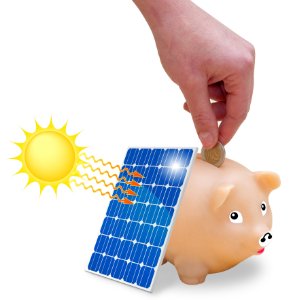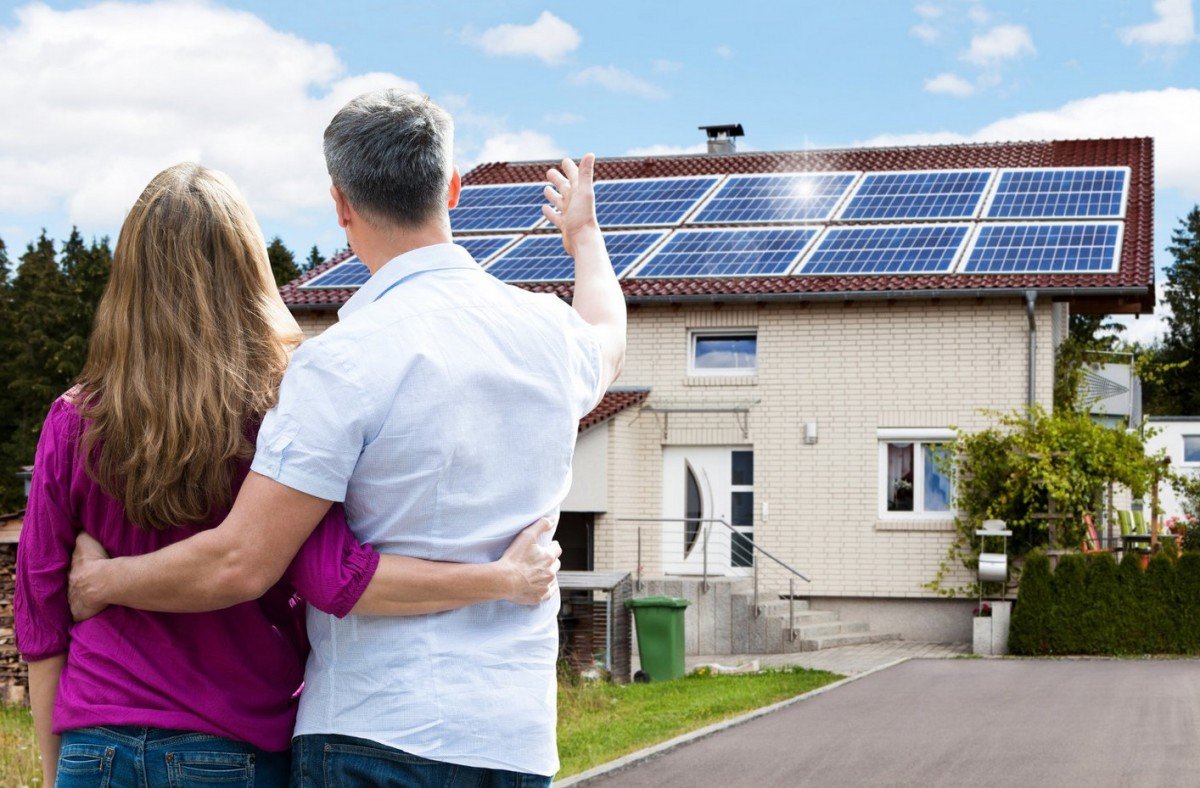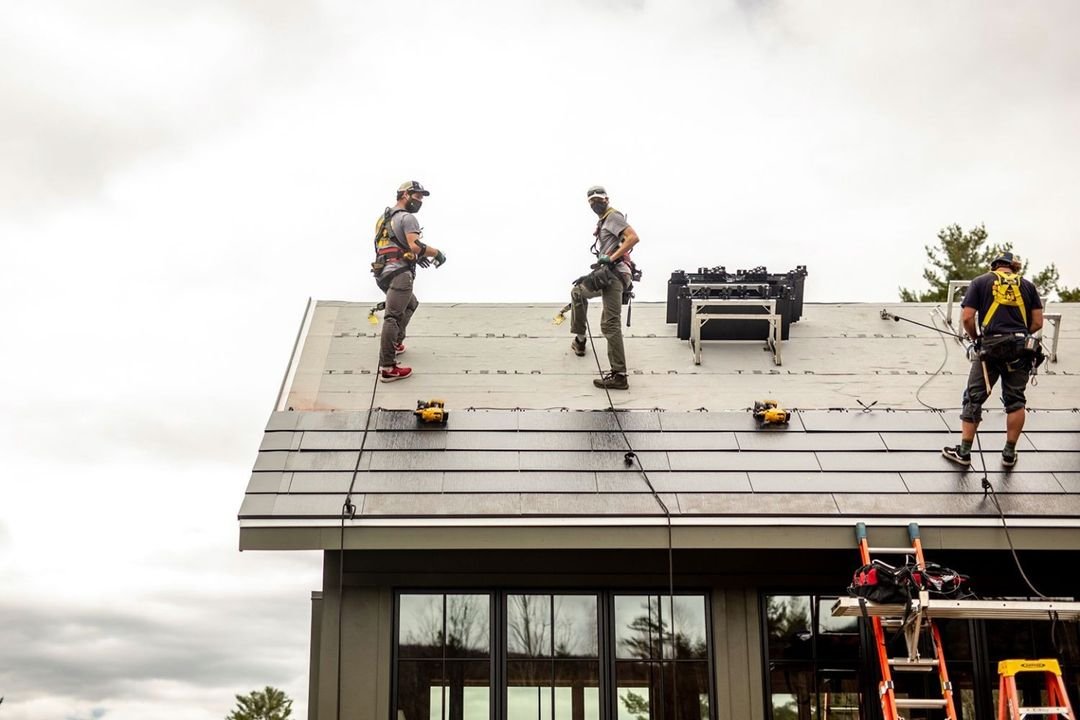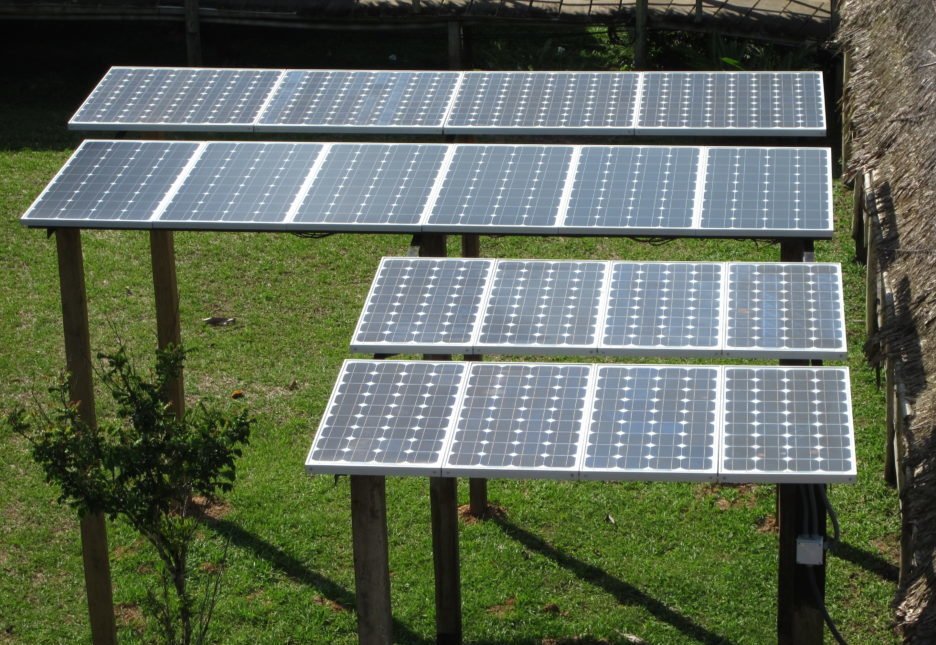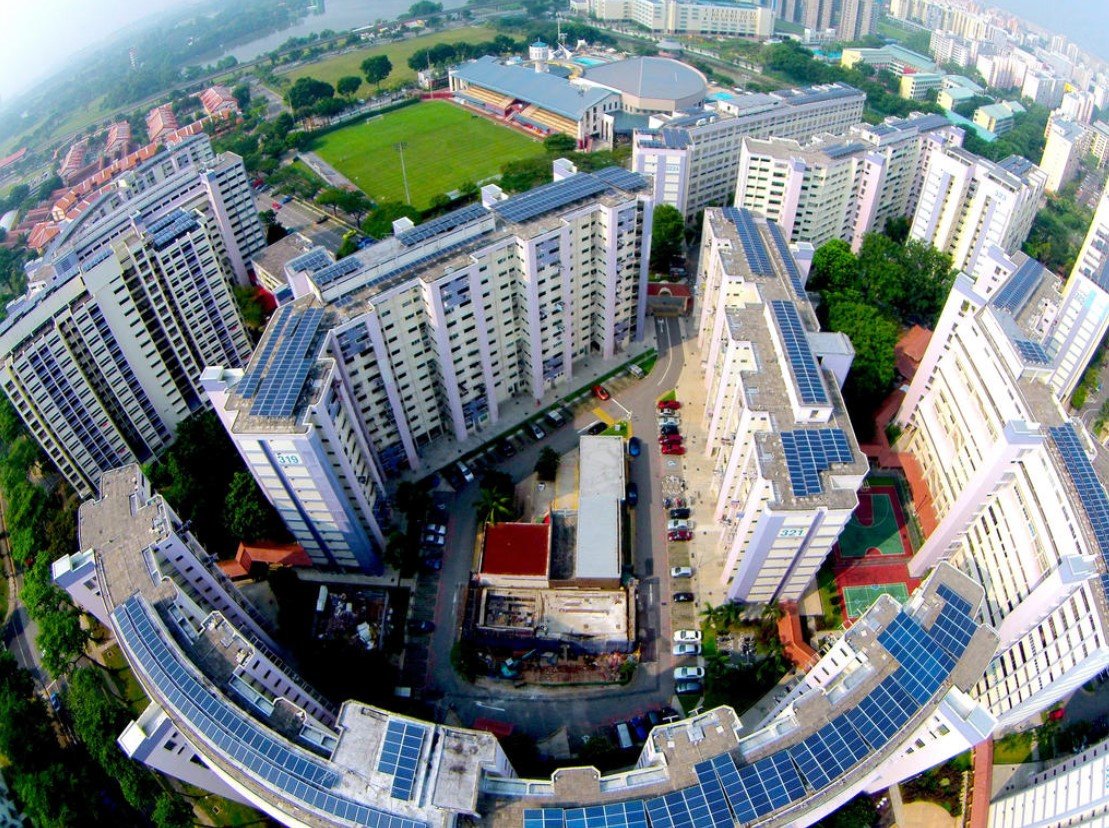
How to take advantage of solar energy
The solar energy is the source of energy par excellence that the human being possesses, it is infinite and completely free to be used.
Nowadays this source of energy has many applications and uses in the real world, next we will analyze how solar energy can be used.
INAt present, taking advantage of solar energy thanks to technological advances is the smartest way to make use of clean and renewable energy , which, in addition to being the best for taking care of the environment, helps us save . For these reasons, solar energy is one of the most used clean energies in our country.
How to take advantage of solar energy
Solar energy is generated by the sun and is therefore inexhaustible , being a renewable and clean energy source . It is the best alternative to other types of non-renewable energy such as fossil energy or nuclear energy.
Solar energy is generated by fusion reactions that occur in the sun. The radiation travels towards the Earth through electromagnetic waves and, later, we can take advantage of it for use and even storage.
Once it reaches the earth’s surface, solar energy needs a photovoltaic installation to convert it into electricity. This installation captures radiation using photovoltaic cells found in solar panels and transforms it into electrical current.
How to take advantage of solar energy
We can take advantage of solar energy in different ways , resulting in three types of energy depending on its origin, its processing and its use:
- Thermal solar energy. It uses the sun’s energy to produce heat, subsequently transforming this heat into mechanical energy and from it into electrical energy. These are installations made up of solar collectors or collectors that are placed on the roof of houses and buildings and that capture solar radiation, converting it into heat. This type of solar energy is less in terms of its use and production than photovoltaic energy, but much progress has been made in recent years and it represents an improvement in energy efficiency. And it is valid both for use in homes, buildings or industries.
- Photovoltaic Solar Energy. It obtains electricity directly from solar radiation by installing photovoltaic solar panels with silicon cells that transform light and heat from the sun into electricity. Solar panels can be used both domestically and in large installations that supply a large population.
- passive solar energy It does not use any mechanism that collects and treats it, but it can be used thanks to the bioclimatic architecture . This type of architecture is made up of buildings that, through the use of different materials and orientations, use the solar energy captured during the day to keep their interior warm at night, achieving perfect air conditioning at all times.
Harnessing photovoltaic solar energy
Photovoltaic solar energy directly transforms the radiation transmitted by the sun into electrical energy . This is achieved by taking advantage of the properties of the materials from which a solar panel is made through the photovoltaic cells it contains.
Most photovoltaic panels are made of silicon. When sunlight hits one of the faces of the solar cell, it is capable of generating electric current.
The main way of taking advantage of photovoltaic solar energy installations is the production of electricity from solar radiation. This type of application can be generated on a large or small scale for residential consumption and self-consumption. In this way we can basically differentiate two types of photovoltaic installations depending on the way in which solar energy is used:
- Self-consumption. They are all individual installations in homes, but they are also an option for self-consumption in companies .
- Solar gardens. Extensive facilities for large-scale production and marketing of the energy obtained.
An advantage of self-consumption is that the energy generated is consumed at the same point where it is generated or in its proximity. This represents an improvement in energy efficiency and cost savings as it does not require energy transport.
Factors that improve the use of a photovoltaic installation
There is a great diversity of factors that directly influence the use of solar panels, and that are directly related to obtaining their maximum potential:
- Photovoltaic installation materials. The energy produced by solar panels depends largely on the materials they are made of, both them and the rest of the components of the installation. An installation is more efficient the higher its quality, thus increasing the use of solar energy.
- temperature and climate. The use of solar energy is affected by the temperature and climate of the geographical area in which the photovoltaic installation is located. Very high temperatures reduce the performance of solar panels, with 25ºC being the ideal temperature for solar panels to obtain maximum performance. With regard to the weather , strong wind is not a good ally of solar panels, since their flattened shape makes them more vulnerable to its action. Cloudy days lower its performance. Snow reflects sunlight and improves the performance of the plates.
- Solar irradiation and geographical location. Each geographical area of the country receives a different amount of solar radiation, which directly influences energy use. Solar irradiation is directly related to the inclination, shadows and climate of each area.
- Orientation and inclination. The most optimal orientation of the solar panels is towards the south since the perpendicular rays that are reflected on their surface increase the use of the photovoltaic installation.
The inclination also influences the performance of photovoltaic solar panels, and should vary depending on the area of the country in which we are.
- Seasonality. The use of solar energy in summer is much greater since the solar panels receive more sunlight and therefore generate more energy. But in winter these installations are also profitable, since the solar panels capture sunlight regardless of the heat received, although this profitability is reduced by the fewer hours of sunshine per day.
- Shades. They greatly affect the use of solar energy. Shadows on the solar panels must be avoided since the power can suffer a reduction of up to 30%.
Therefore, it is very important to take into account all these factors that will allow us to make the most of the energy from the sun , obtaining the maximum performance of our installation and generating the greatest possible electrical energy.
DESIGN YOUR ENERGY MODEL
Answer a few simple questions to understand how you use energy. We will design a proposal tailored to your needs.
RECENT ARTICLES
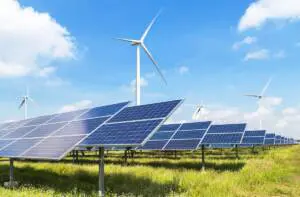
5 ways to optimize self-consumption of solar energy
Going solar is the first step to a more sustainable lifestyle. But are you getting the most out of it? We go
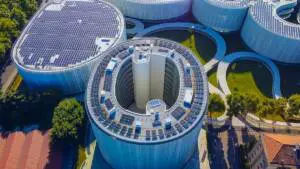
Profitability of solar energy in companies
Photovoltaic energy is an alternative for the generation of electricity that, due to the incessant increase in electricity prices, is gaining ground
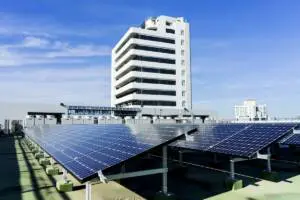
How is the process of a collective self-consumption installation?
For many years, collective self-consumption has not been regulated, until Royal Decree Law 244/2019 was approved in April 2019, which enab

